Berenice Abbott (1898-1991) moved to New York City in 1918 at study sculpture. Her work caught the attention of Marcel Duchamp (1887-1968), who commissioned a chess set and introduced her to his circle of friends. Abbott moved to Paris in 1921, Berlin in 1923, and back to Paris in 1925, where she convinced Man Ray (1890-1976) to give her a job as his assistant. Man Ray specifically wanted someone who knew nothing of photography and Abbott fit the description. Over the next four years, she learned enough to have an exhibition of her own and return to New York as a professional.
Back in NYC, Abbott emulated her favorite Paris photographer Eugene Atget by documenting the “Changing New York” under the support of the Federal Art Project. A book of the same title was published in 1939. Although the NYC images shown here were not part of the official published series, they were taken around the same time.


Abbott became interested in the connection between art and science and worked from 1944-45 as photography editor for Science Illustrated. “There is an essential unity,” she wrote, “between photography, science’s child, and science, the parent.” In 1958, Abbott joined the MIT-initiated Physical Science Study Committee of Education Service’s Inc. based in Cambridge, Massachusetts. She made images to demonstrate the laws and processes of physics. An exhibition of these photographs for PSSC were toured by the Smithsonian Institution in 1960 and published in three books from 1964 to 1969: Magnets, Motion, and The Attractive Universe (Gravity).
See also: Museum of the City of New York “Berenice Abbott’s Changing New York” (1998). http://www.mcny.org/collections/abbott/abbott.htm
New York Public Library, http://digitalgallery.nypl.org, with nearly 600 images by Abbott.


















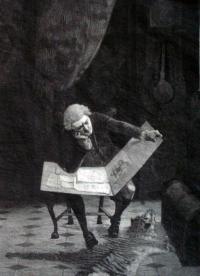






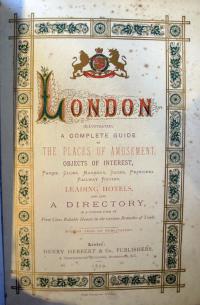

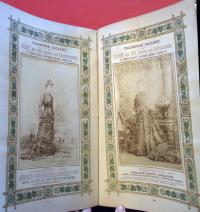


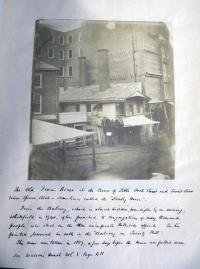













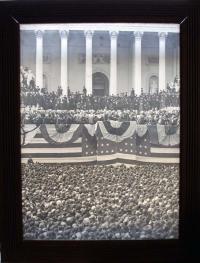




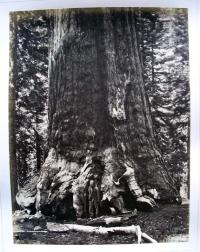



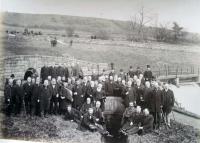
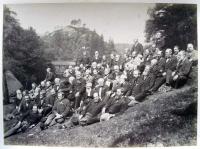


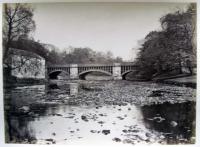























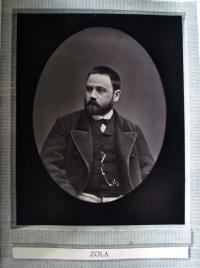







Recent Comments